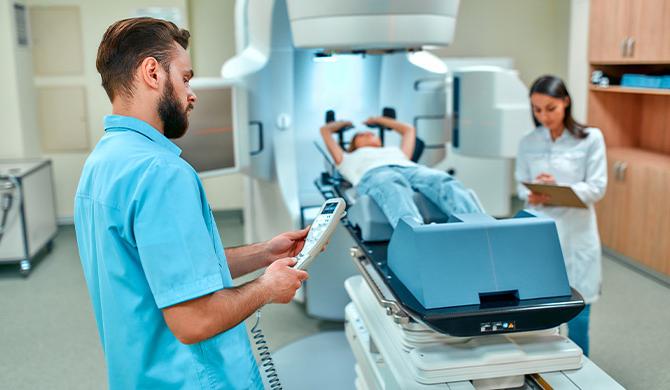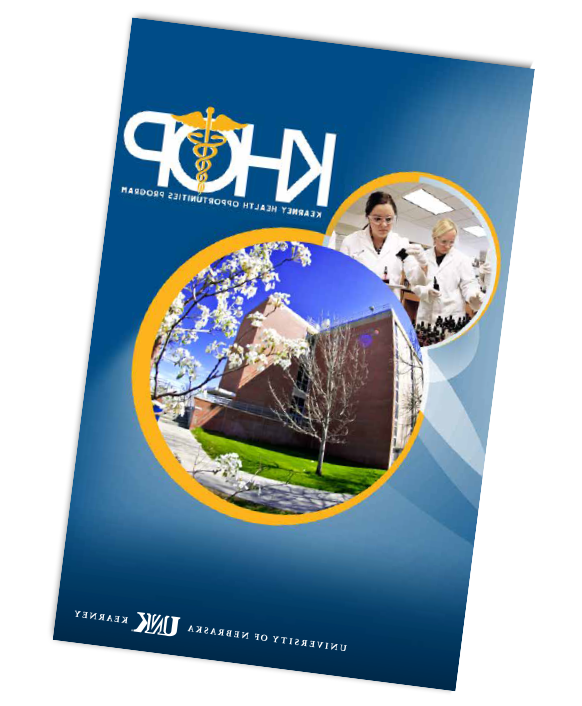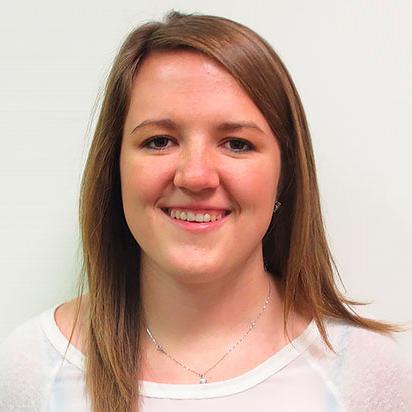
A radiologic technologist (also called medical radiation technologist, radiation science technologist, or radiographer) performs imaging of the human body for diagnosis or treating medical problems. Specialty areas include x-ray, MRI, ultrasound, CT, nuclear medicine, bone densitometry, mammography, angiography, and cardiovascular interventional radiology. There are several options a student can pursue in radiography – see our Program Information Guide below. Learn more about this career.
The pre-radiologic technology program at the University of Nebraska at Kearney will meet the admissions requirements to the radiography program at the University of Nebraska Medical Center at the Omaha or Kearney campus and other affiliated programs (see below). Students considering other schools should check their admissions requirements.
Statistics based on cumulative placement data for the last 3 years.
from 2022 to 2032 according to the U.S. Bureau of Labor Statistics
Acceptance into a radiological program is competitive and not guaranteed. Admission is based on GPA, test scores, recommendation letters, an interview, essay, shadowing and medical experience, and other extra-curricular activities. Our dedicated advisors will guide and equip students to excel in these areas. In addition, smaller class sizes, top faculty, and unique learning experiences such as research opportunities will give you an advantage. 体育菠菜大平台 students in the pre-radiological technology program have a phenomenal acceptance rate showcasing our commitment to excellence.
The University of Nebraska at Kearney is affiliated with six schools of radiography.

Rural Nebraska students pursuing pre-radiological technology may be eligible for the KHOP Program at 体育菠菜大平台.

"I chose to study radiology because I went through a lot of scans at a young age and know how scary or uncomfortable it can be." "I want to be able to comfort people who are in that situation, and let them know that I am there for them and am doing everything I can to help them." "The advisers in the department are amazing, and as students, we work together to do well in classes and be the best we can be. We all like to help each other out."
体育菠菜大平台 is Nebraska’s most affordable university even BEFORE financial aid is awarded. You’ll quickly discover that no one works harder than 体育菠菜大平台 to reduce the cost of an education and provide the best value. Learn more about scholarships and financial aid for your Radiologic Technology Pre-Professional Program
at the University of Nebraska at Kearney.